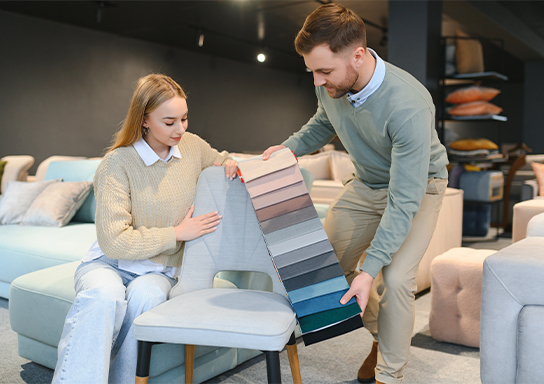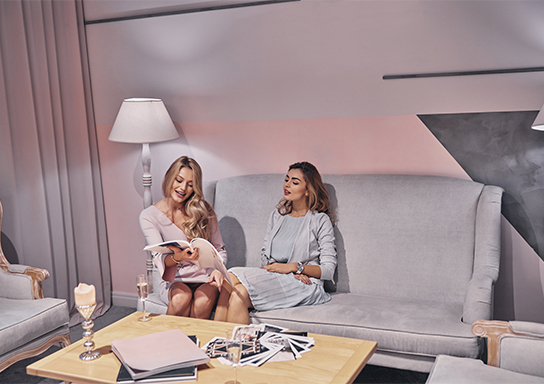
How to Mix and Match Furniture Styles Like a Pro
Mixing and matching furniture styles can seem daunting, but when done right, it creates a dynamic, personalized space that reflects your unique taste. Whether you’re blending vintage with modern, or industrial with boho, combining different styles adds character and depth to your home. Here's how to master the art of mixing furniture styles like a pro.
Start with a Neutral Base
A key to blending styles effortlessly is beginning with a neutral base. This could be your walls, floors, or large furniture pieces like a sofa or bed. Neutral tones like white, beige, gray, or soft pastels create a harmonious foundation, allowing you to layer in various styles without overwhelming the space. Once your backdrop is set, you can begin introducing statement pieces in bold patterns, rich textures, and contrasting colors.
Find a Common Element
To avoid creating a chaotic look, find a common thread that ties different styles together. This could be a color palette, a material, or even a shape. For instance, if you’re mixing mid-century modern with farmhouse, both styles can be united by wood accents. Alternatively, you can choose a dominant color and use it consistently across all furniture pieces, no matter their style. This creates cohesion while allowing diversity in the design.
Balance Proportions and Scale
Even when mixing styles, it’s essential to maintain balance in your furniture layout. Larger pieces should anchor the space, while smaller, more decorative items should serve as accents. For example, if you have a large, traditional sofa, you can balance it out with sleek, modern armchairs. Ensuring that pieces are proportionate prevents one style from overshadowing another and maintains harmony in the room.
Layer with Textures and Patterns
Mixing textures and patterns is an excellent way to blend styles. Combine the clean lines of modern furniture with the rustic warmth of wooden or rattan pieces. Layer in textiles like throws, cushions, and rugs to add dimension. You can even mix patterns—like geometric prints with florals—to create a visually exciting space that doesn’t feel flat.
Don’t Be Afraid of Contrast
Contrasting furniture styles can elevate a space if approached thoughtfully. Pair an ornate, antique coffee table with a sleek, minimalist sofa for a striking juxtaposition. Don’t shy away from mixing bold with subtle, vintage with contemporary. Contrast creates visual interest and highlights each piece’s uniqueness.
Conclusion
Mixing and matching furniture styles is about creativity and confidence. By grounding your space in neutrals, finding common elements, balancing proportions, and embracing contrast, you’ll be able to create a cohesive yet eclectic home that feels curated and personal.


